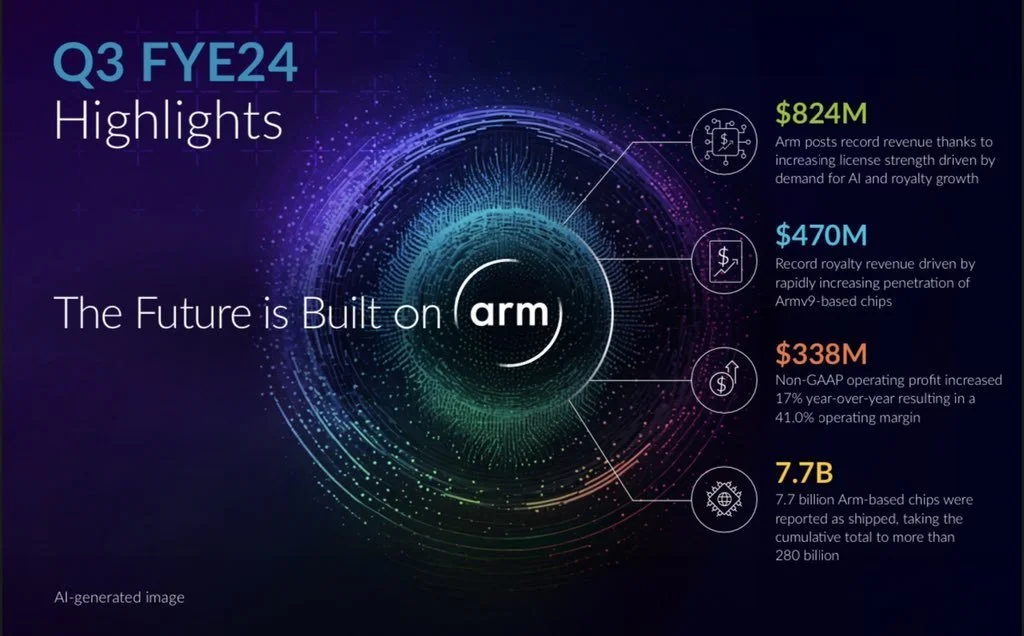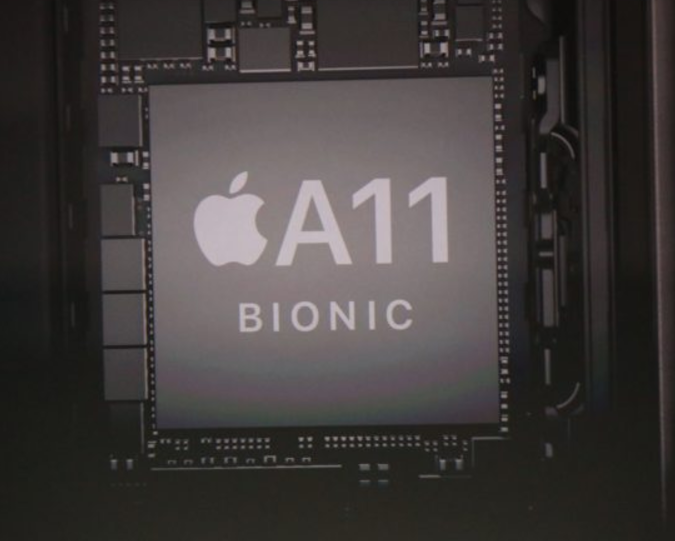The topic of honesty in the world of mobile performance benchmarks can draw pursed lips and awkward glances when brought up in a meeting involving a silicon SoC provider. It’s not a secret that gaming the system has been a frequent area of concern since phone reviews became an intrinsic part of the purchasing process for many consumers, but it isn’t a popular subject. Some of the most-respected in media showed back in 2013 that nearly everyone involved in the process had some portion of blame, resulting in dishonest scores and performance metrics that led to ill-informed customers.
A similar, but more nuanced, discussion can be had about SoC and handset performance over time. Thiscan take two angles: first, performance of benchmarks in long-term usage scenarios (sustained performance); and second, performance of phones through software and firmware updates released weeks, months, and even years later.
Read More


















